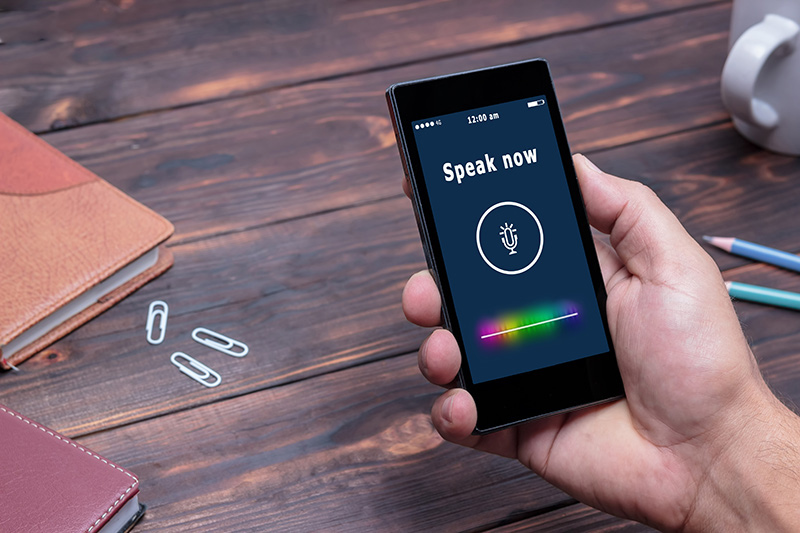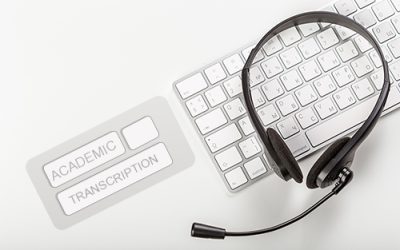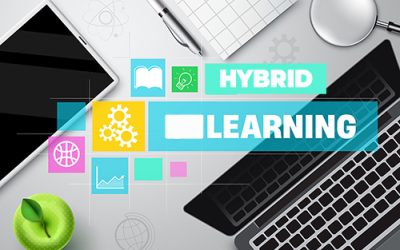
Speech-to-text software has become ubiquitous among educators and students, serving as an invaluable asset that yields time-saving benefits, enhances writing and communication proficiency, and fosters a more inclusive educational atmosphere. For students, this technology streamlines the transcription of lectures and note-taking, promoting efficiency in their academic work. Likewise, teachers harness its potential to instantly provide feedback and comments on assignments and papers, thereby expediting the grading process. Though speech recognition may encounter occasional accuracy issues, users can readily turn to academic transcription services to rectify them, and ensure meticulous and error-free documentation.
Advantages of Speech-to-Text Software for Students and Educators
Speech-to-text software supports students and teachers in many ways.
- Benefits for students:
- Supports students with learning disabilities or those who struggle with handwriting
- Makes educational materials more accessible to students with disabilities, including those with dyslexia, ADHD, or physical impairments.
- Can help students complete assignments and essays more quickly, leaving more time for revision and other activities.
- Enhances students’ writing skills by allowing them to focus on their ideas and content without being hindered by spelling or typing difficulties.
- Speech-to-text can reduce stress for students with test anxiety or those who struggle with handwriting, during exams or assignments.
- Benefits for teachers:
- Can be used to dictate feedback and comments on assignments and papers, which can significantly speed up the grading process.
- Quickly converts spoken ideas and notes into written text, making it easier to organize and prepare lesson plans and instructional materials.
- Provides captioning for educational videos, an essential teaching tool.
- Eliminates the need to take manual notes and supports multitasking.
Top Speech-to-text Software for Education
Advanced voice recognition programs and apps are available now for computers, tablets and smartphones. Here are 8 top speech-to-text software tools for teachers and students:
- Google Docs Voice Typing: Google Docs Voice Typing is a powerful speech-to-text tool seamlessly integrated into the Google Docs platform. It transforms spoken words into written text in real-time with remarkable accuracy and efficiency, making it a valuable tool for a student taking notes during a lecture. Google Docs Voice Typing offers real-time transcription in multiple languages. Its intuitive interface also incorporates voice commands for formatting and editing, enhancing productivity. Furthermore, the collaborative nature of Google Docs makes it an ideal choice for group projects and real-time collaborative editing, with Voice Typing facilitating this. This tool not only streamlines the writing process but also promotes accessibility and inclusivity, making it a versatile and indispensable resource for students and educators.
- Microsoft Dictate: Microsoft Dictate is a free dictation software add-in for Microsoft Office applications. Using real-time translation technology, Microsoft Dictate automatically converts audio to written text. The add-in can be used in Word, Powerpoint, and Outlook. It offers voice commands for navigation and formatting, and works well for students and teachers already using Microsoft Office. It instantly converts spoken words to written words and is clean, fast, and easy to navigate.
- Dragon NaturallySpeaking: Developed by Nuance Communications, Dragon NaturallySpeaking is a premier speech recognition software known for its exceptional accuracy and versatility. It is useful for students and educators who require advanced features. This robust application empowers users to effortlessly transform spoken words into written text, making it an indispensable tool for students with varying needs. Dragon NaturallySpeaking supports a wide array of voice commands, enabling not only transcription but also navigation, formatting, and editing within documents and applications. With its capacity to adapt to specific vocabularies and work environments, it enhances productivity and efficiency. Dragon NaturallySpeaking is a reliable option for anyone seeking seamless and hands-free text input.
- Otter.ai: For students who require note-taking assistance for meetings, transcribing research interviews, lectures, or any other important voice conversations, Otter is an ideal option. It offers real-time transcription and collaboration features and integrates with various platforms, including Zoom. This AI-powered software provides recording and synchronized speech recognition and can recognize the speaker, and integrates search and keyword extraction. Students can use this software to capture notes from group study sessions, and process public audio data for research purposes. This full-featured, user-friendly note-taking technology designed for the classroom can be activated via the mobile app or browser. Otter.ai offers free and paid versions.
- Verbit: Verbit provides a comprehensive solution for university transcription and captioning needs, serving as a convenient one-stop-shop. This versatile software seamlessly integrates into educational settings, enhancing overall student engagement. Students benefit from real-time lecture captioning and live session transcription, improving their note-taking capabilities. Verbit ensures 99% accurate ADA-compliant transcripts and captions for students with disabilities. It also supports multilingual translation and a TOGGLE feature for text presentation control. The speed view directly displays speech-to-text engine output, and real-time CART solutions are easily scheduled online for a seamless user experience.
- Read&Write by Text help: Read & Write by Text help is a versatile and empowering tool tailored for both students and teachers. It provides not only speech-to-text but also other reading and writing support tools. For students, Read & Write assists with tasks like reading digital content aloud, providing definitions and synonyms, and highlighting text for improved comprehension. It’s particularly beneficial for students with learning disabilities, offering personalized support to accommodate diverse needs. Teachers can leverage its capabilities to create more accessible learning materials and customize content for individual students. Whether it’s improving reading fluency, boosting writing skills, or fostering inclusivity in the classroom, Read & Write by Text help serves as an invaluable resource for educators and learners alike. Read & Write offers both free and premium versions.
- Braina.pro: This artificial intelligence (AI) virtual assistant software for Windows PC uses natural language interface and speech recognition to interact with users. It allows users to interact with their computer using voice commands in most of the languages of the world. With this software’s human language interface, you can use natural language sentences to perform various tasks on their computer. This multi-functional platform is helpful for students, as it can
- Read text aloud naturally and users can even select different voices and adjust the reading speed
- Solve complex math problems, offering step-by-step explanations and solutions in plain language
- Quickly perform searches and find information about any person, place or thing from various online resources
- Serve as a dictionary and thesaurus by finding definitions, antonyms, synonyms etc.
- iSpeech: With its wide array of speech recognition and text-to-speech capabilities, this versatile tool holds significant promise in the field of education. It can assist both teachers and students in various aspects of the learning process. For educators, iSpeech can be used to convert written content into spoken words, facilitating the creation of audio materials for students. It also supports language learning by enabling students to practice pronunciation and receive instant feedback. Additionally, iSpeech can aid students with disabilities by providing text-to-speech functionality, making educational content more accessible. Its potential in enhancing the learning experience and promoting inclusivity makes iSpeech a valuable asset in the educational sector.
When selecting speech-to-text software for education, consider factors like usability, accuracy, device and software compatibility, and specific student or teacher needs, such as multilingual support or accessibility features. Some options offer free trials for testing before subscribing.
Additionally, it’s important to bear in mind that while speech-to-text software brings many benefits, it also carries some drawbacks and constraints. These encompass challenges like accuracy, contextual comprehension limitations, and sensitivity to background noise, vocabulary constraints, and privacy considerations. Fortunately, students and educators have the option to collaborate with an audio transcription company to have their transcriptions meticulously reviewed and edited, ensuring a high level of accuracy.
Are you looking for accurate, timely, and reliable lecture transcription?



